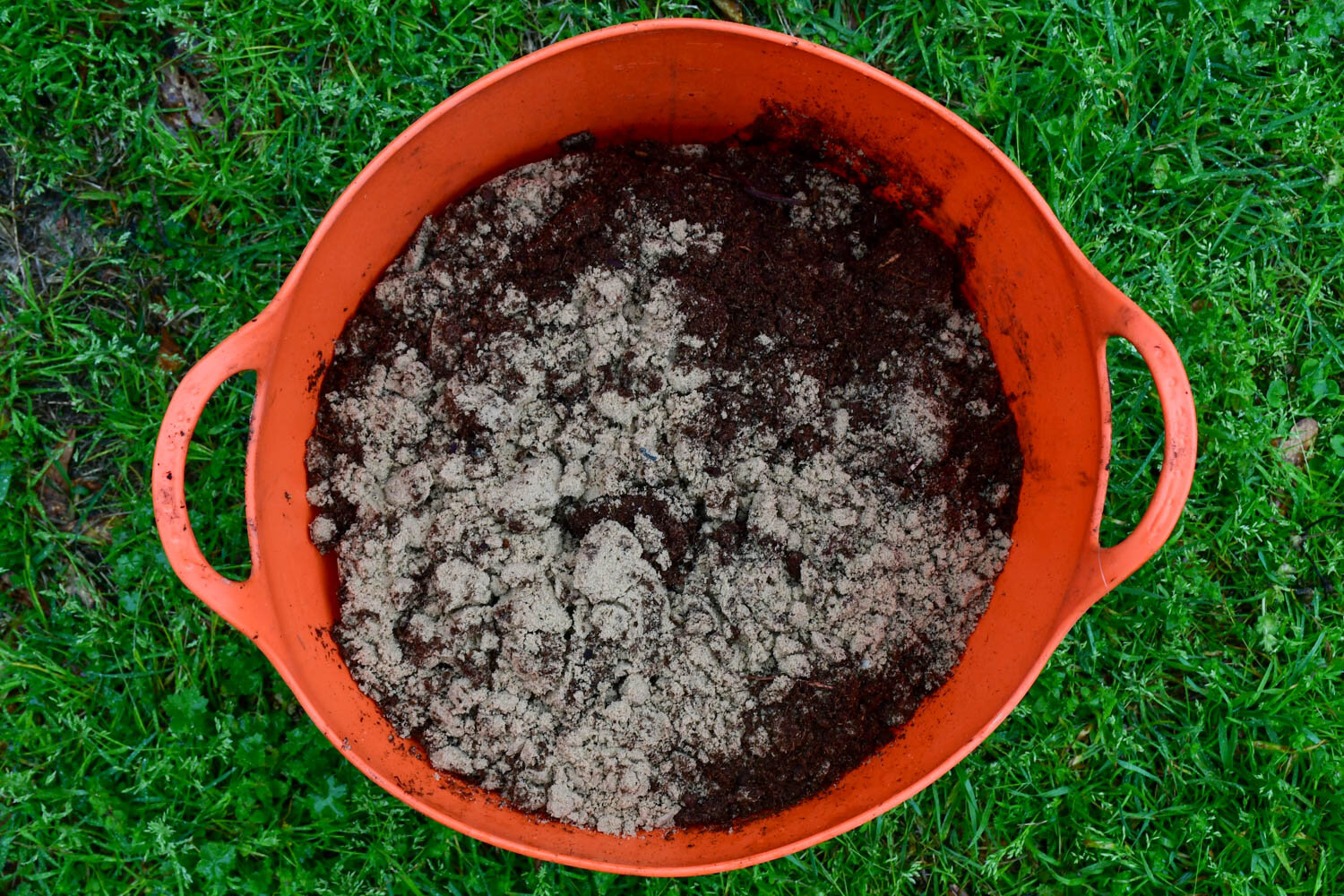We harvested the last of our red cabbages this week. What has been one of my favorite cool season vegetables for winter color has also become one of my favorite cooked edibles since I learned the recipe for German red cabbage on a trip to Fredericksburg, TX a few years ago. Cooked down with apple cider vinegar, apples, and cranberries, it adds a tang to meals like sauerkraut and bratwursts as well a sweet tagalong for pork tacos. Note, it will dye any article of clothing that you wear, so take caution. And, chopping up red cabbage is a study in art. Cutting one open I feel like I’m starring into a cosmic swirl with the way the leaves are rolled on and around each other.
Instead of giving you the forty-page history of my life, my wife, my non-existent children, every person I’ve ever met, and everything I’ve ever done or cooked like most cooking websites do before they give you the recipe, I’m just going to give you the recipe. :-)
INGREDIENTS
1 4- or 8-quart Crockpot (you can also cook this down in a large pot if needed in a shorter amount of time)
2 large red cabbages or 4-5 smaller heads (basically, fill the crockpot)
One Granny Smith Apple (with skin on)
1 cup of apple cider vinegar (adjust based on taste)
Cranberries (how many ever you like, it’s their time to shine)
1/3 to 1/2 cup sugar, to taste (again amount based on size of pot or crock pot)
DIRECTIONS
Quarter the cabbage, and slice off the core stem at the bottom.
Chop into small pieces about 1 inch × 1 inch. Rinse with water and put into crock pot.
Cube the apple except for the core. I leave the skin on. Put in crock pot.
Pour in apple cider vinegar, the sugar, and the cranberries.
Turn crock pot on high (4 hours), or low if you have more time. We cook it until everything in the pot is a rich purple color. You may have to stir the apples in as they will sometimes just sit on top.
Serve and enjoy. This dish reheats well.
German red cabbage, a delicious side dish for spring meals.










































